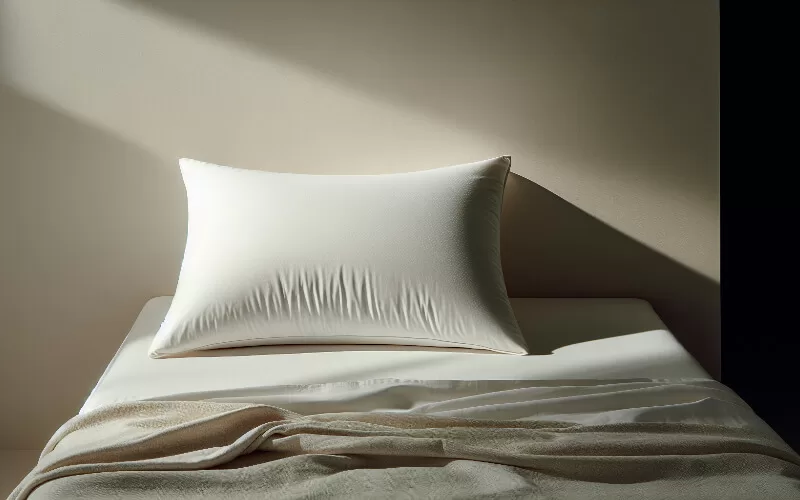
Chronic pain can disrupt sleep, leading to a cycle of discomfort and fatigue. Creating a sleep environment that alleviates pain is crucial for overall well-being. From choosing the right mattress to using a latex pillow, small changes can make a significant difference. Managing chronic pain effectively often begins with a good night’s sleep. By optimizing your sleep environment, you can potentially reduce discomfort and enhance your rest quality. This involves not only selecting suitable bedding materials but also arranging your surroundings to promote relaxation. As you explore ways to improve your sleep space, consider how factors such as lighting and temperature play a role in your overall comfort. For those sleeping with chronic pain, these adjustments can be particularly beneficial.
Choosing the right mattress
One of the most significant decisions affecting your sleep quality is selecting the right mattress. A supportive mattress can alleviate pressure points, which is especially beneficial for individuals dealing with chronic pain. Firmness and material composition are essential factors; for instance, memory foam mattresses contour to your body, providing targeted support. However, it’s crucial to balance firmness with comfort to prevent exacerbating pain.
A medium-firm mattress supports spinal alignment while offering enough give for pressure relief. It’s also beneficial to periodically rotate or flip your mattress to ensure even wear over time. By addressing these elements, you can create an environment conducive to better sleep and reduced pain.
Additionally, consider personal preferences and specific needs when choosing a mattress. For example, if you experience back pain, a mattress that offers lumbar support may be ideal. Remember that the goal is to minimize strain on painful areas, enhancing your overall sleep experience.
The role of supportive bedding
Supportive bedding plays a pivotal role in maintaining proper spinal alignment during sleep. A key component is the use of a latex pillow, which offers both support and comfort. Its hypoallergenic properties and breathability make it an excellent choice for those prone to allergies or overheating at night.
Proper neck and head alignment are crucial in preventing morning stiffness and discomfort. A latex pillow provides consistent support throughout the night, adapting to movements without losing its shape. This feature helps maintain natural spine curvature, reducing stress on muscles and joints. Additionally, pairing your pillow with the right sheets can enhance comfort further. Opt for materials like cotton or bamboo that are soft yet durable, promoting a restful night’s sleep without irritation or overheating.
Creating a relaxing atmosphere
The environment in which you sleep greatly impacts how effectively you manage chronic pain during rest periods. A calming atmosphere can aid in relaxation and contribute to better sleep quality. Consider adjusting elements such as lighting and room temperature; dim lighting signals the brain that it’s time to wind down. Temperature regulation is also critical; cooler environments are generally more conducive to sleep as they mimic the body’s natural drop in temperature during rest. An ideal room temperature typically ranges between 60-67 degrees Fahrenheit.
Aromatherapy can also be an effective tool; scents like lavender promote relaxation and improve sleep quality. Integrating these elements into your bedtime routine can create a soothing sanctuary conducive to healing and rest.
Incorporating ergonomic practices
Ergonomic practices are essential in minimizing pain while sleeping. Arranging pillows strategically can provide additional support where needed—such as placing one under your knees if you suffer from lower back pain or between your knees when side sleeping to align hips. Your sleeping position also plays a role; side sleeping with legs slightly bent is often recommended for those with back issues as it maintains natural spine alignment. Alternatively, back sleepers might benefit from adding a pillow under their knees to relieve pressure on the spine.
In addition to bedding, consider incorporating gentle stretching or yoga into your nightly routine. Exercises like cat-cow stretches or child’s pose can relieve tension in the back and promote relaxation before bed. Taking these steps not only aids in reducing current discomfort but also helps prevent further strain or injury over time. By integrating ergonomic strategies into your nightly routine, you set the stage for improved health and well-being through enhanced sleep quality.
Leave a Reply